From the Barley in the Fields, to the Beer in Our Hands: Carlsberg’s Sustainability Journey
BlueYonder
APRIL 9, 2024
The company’s Sail ’27 mission is the second iteration of a plan to “brew for a better today and tomorrow,” plotting a roadmap for a future based on the concept of zero: Zero carbon footprint, zero farming footprint, zero packaging waste, zero water waste, zero irresponsible drinking, and a zero-accident culture.

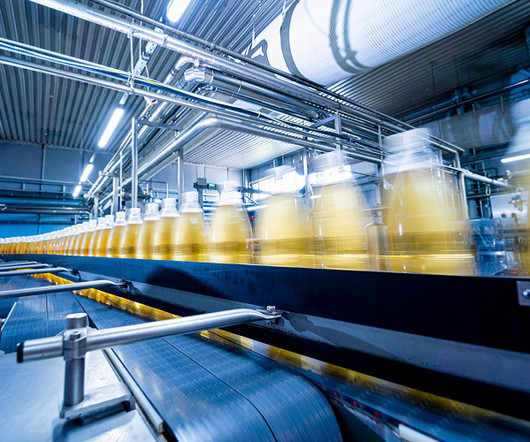
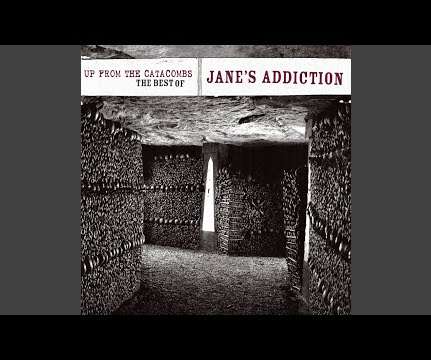
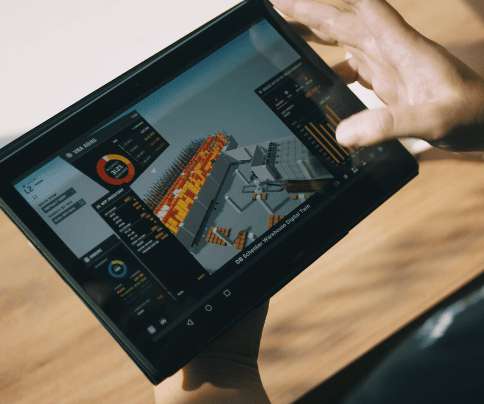
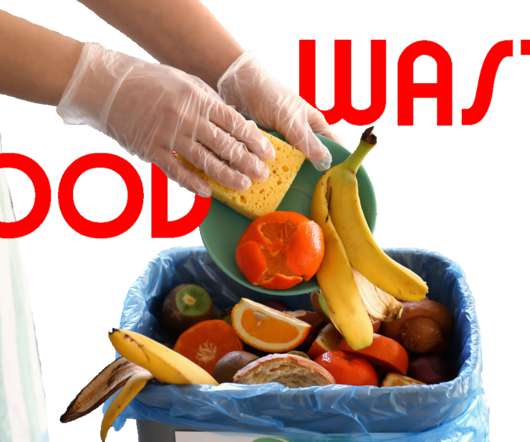
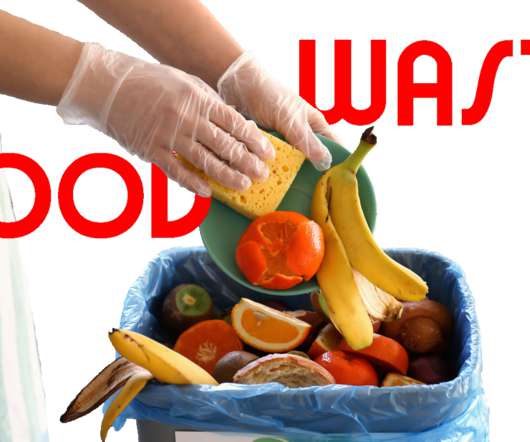
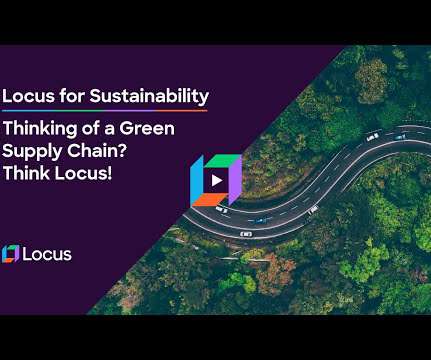




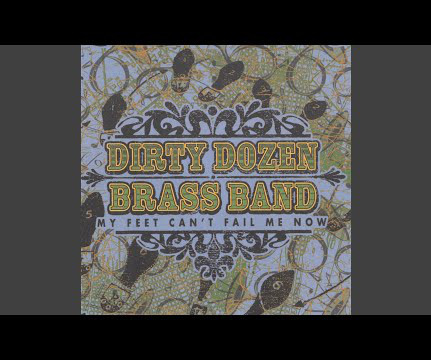
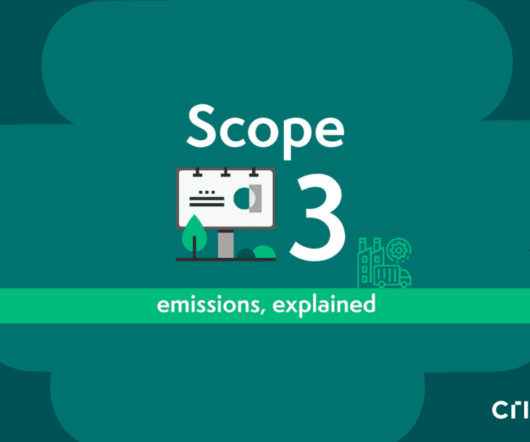



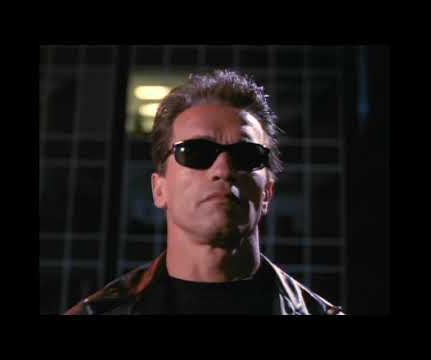










Let's personalize your content